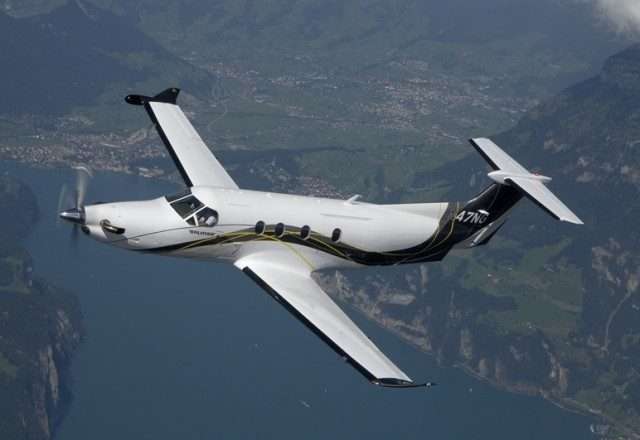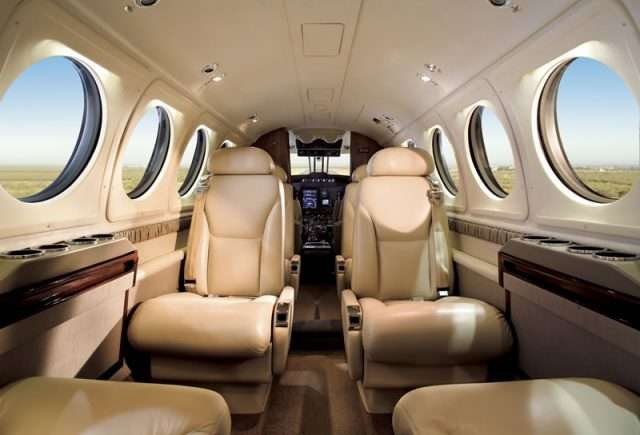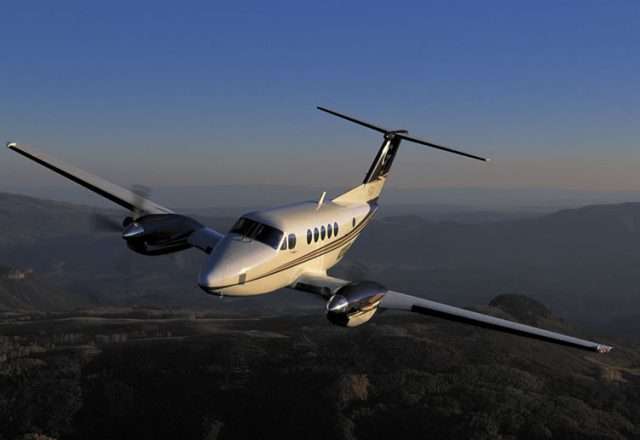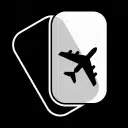When Are Turboprop Charter Planes Preferable to Light Jets?
Turboprop or light jet? Many executives face this decision when they book private charter flights for their business aviation needs. While turbofan aircraft dominate the majority of the air charter market, there is definitely a time and a place for turboprop charter planes. In particular, turboprops are useful for:
- Short-hop flights
- Traveling to remote locations
- Corporate commuters
To understand the benefit of a turboprop provides, it’s a good idea to first understand what makes them different from their turbofan counterparts. The obvious differentiator lies in their outward appearance. As the name suggests, a turboprop—which is short for turbo propeller—features one, or more, propellers. (In the charter industry, most turboprops feature either a twin- or single-engine configuration). Gas turbine engines power both types of aircraft. The difference with a turboprop is that the power derived from the turbine engine is used to drive the propeller. With a turbofan engine, the exhaust gases are directly used to generate thrust.
Economy

Runway Performance
Turboprop charter planes typically require lower approach speeds when they land at airports. As a result, they require less runway distance to stop compared to turbofan-powered aircraft. This is a key benefit for companies that operate in areas that lack commercial airport facilities. This added flight planning flexibility allows them to land closer to their ultimate destination, which reduces the time spent in ground transit.
Airfield Type
In addition to accessing shorter runways, turboprop charters are typically better equipped to handle unimproved runways (i.e. runways that aren’t paved). This further adds to their versatility, as they can access airfields with grass or dirt strips.
Debunking Myths About Turboprop Charter Planes

- Radar and GPS navigation
- Advanced avionics
- Noise-cancelling technology
- Spacious, VIP-quality cabin interiors
Nor are turboprops slow. For corporate travelers who use them for short-range missions, the total flight time, when compared to light jet travel, is negligible. If you’re looking for an economical corporate travel option, talk to a Stratos Jet Charters associate about turboprop charter planes. From the ever-popular Beechcraft King Air 200 charter to the newer single-engine Pilatus PC12 charter, we’ll find the right solution for your business aviation needs.
Are you ready to book your Salt Lake City and Las Vegas charter flight yet?
Our friendly, expert air charter agents are here to answer questions or start your quote today. Don`t wait, call now and we'll get you on your way to your destination!
Call 888-593-9066











